Tokac’s program uses input patient data to make probability statements about the success of different treatment options.
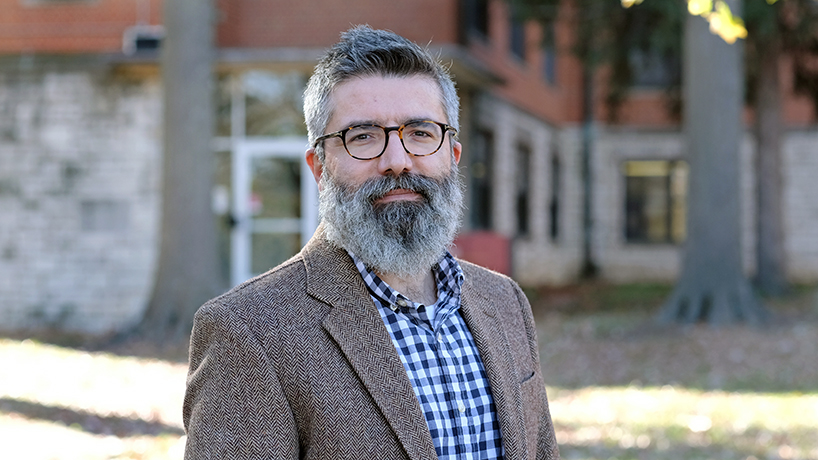
Search Filters

Tokac’s program uses input patient data to make probability statements about the success of different treatment options.
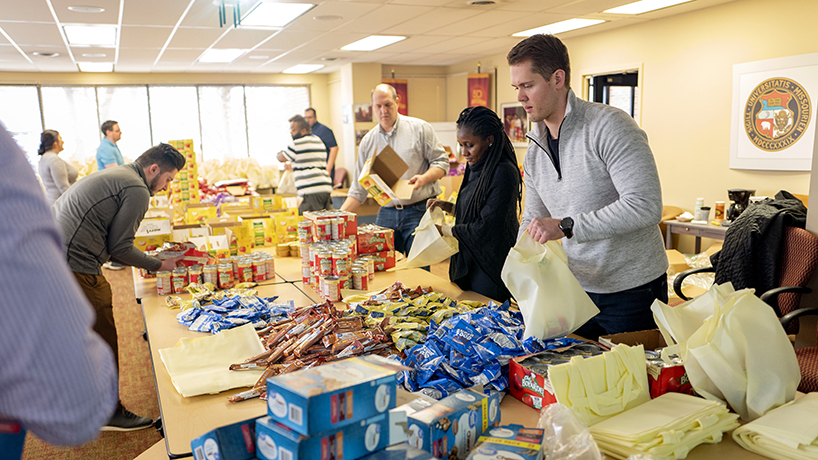
The holiday season, combined with the coronavirus pandemic, make now a key time to support UMSL students who are facing food insecurity.

The module incorporated education specific to the health care needs, barriers and clinical experiences often encountered by members of the LGBTQ+ community.
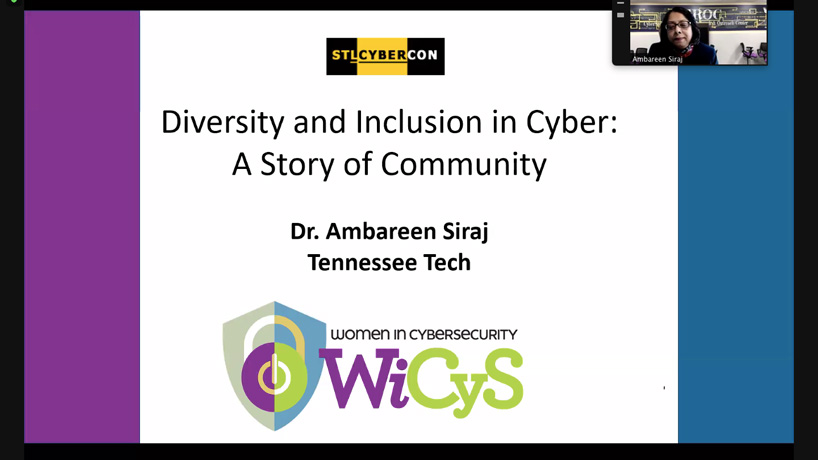
Nearly 350 people registered for the sixth annual conference, held last Friday in a virtual format. Attendees tuned in from as far away as Kuwait and India.

Due to the coronavirus pandemic, the show ran only once, with special permission. The recording from that performance went on to win big.
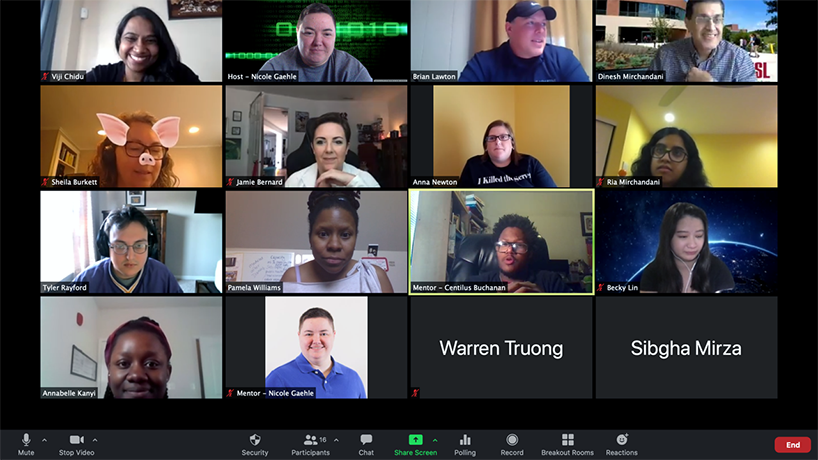
This year’s event was held virtually due to coronavirus safety precautions, but participants had additional time to work.
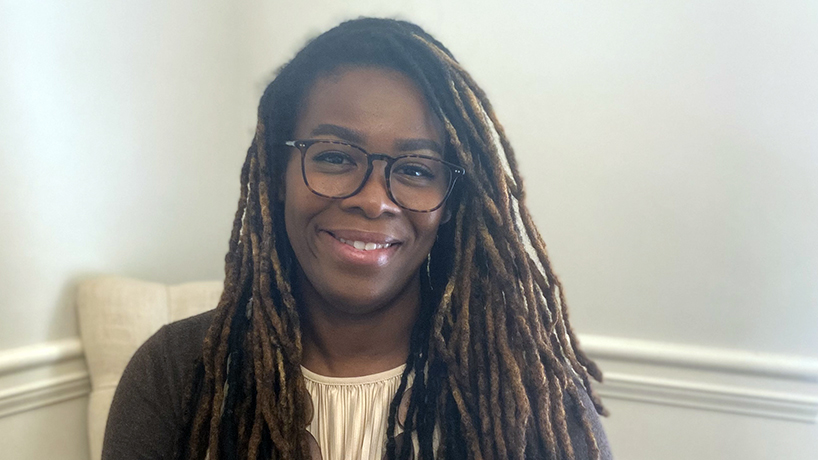
For her DNP clinical scholarship project, Njeri helped the nonprofit confirm the extent of residents’ mental health needs through a quantitative study.
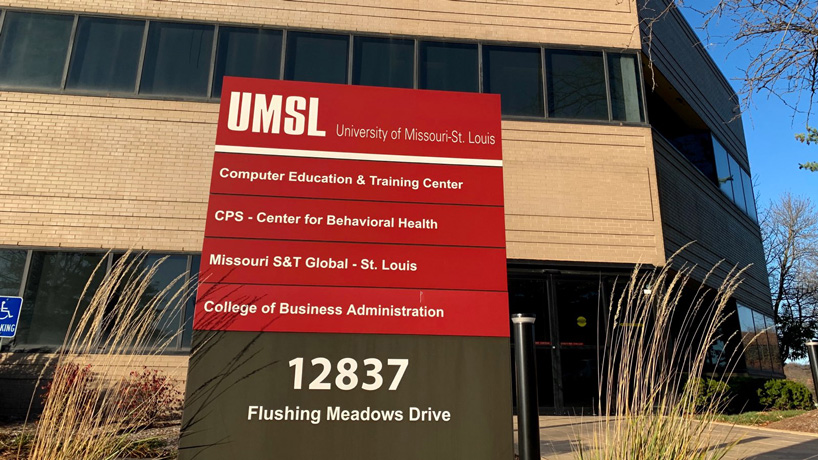
Changes made in response to the COVID-19 pandemic allowed instructors at UMSL’s Computer Education and Training Center to work with clients outside the region.
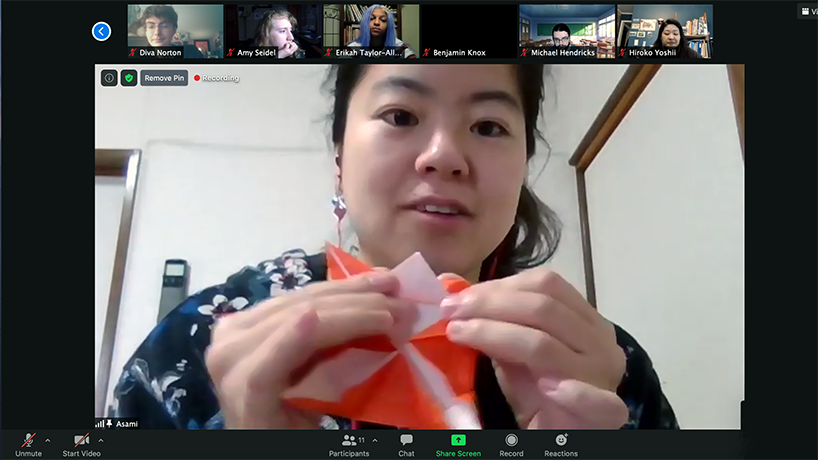
Asami Iba, cultural exchange facilitator for the Grassroots Exchange Network-Japan Program, talked participants through the creation of four origami shapes.
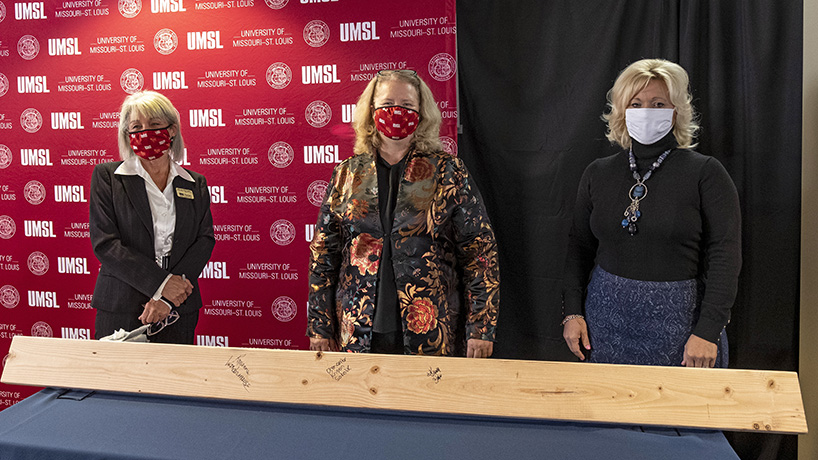
The renovation and expansion will allow the College of Nursing to graduate 20 percent more pre-licensure BSN students annually.